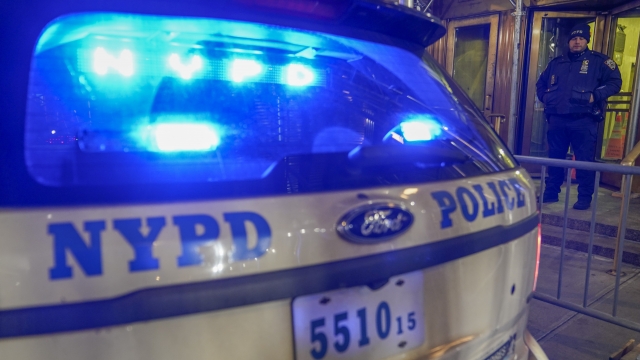Throughout 2020 and 2021, crime rose. The FBI estimates there was a 30% increase in homicides nationwide during that period.
But why? Some blame prisons and jails for releasing inmates early during the pandemic to alleviate crowding.
Arkansas Sen. Tom Cotton said on Fox News, "This is all a result of foolish and naive policies that are letting prisoners out of jail early."
But several new studies that tracked the behavior and outcomes of those prisoners who were released suggest something different.
Here are the facts:
The Cares Act ultimately allowed for more than 11,000 federal prisoners to be released to home confinement.
But those prisoners were screened. They had to meet several requirements like serving at least half of their sentence, have no violence in their backgrounds and be deemed particularly vulnerable to COVID-19.
Of those who were released early, the Bureau of Prisons reported 17 people had reoffended within two years — that’s 0.15%. Kevin Ring, the executive director of Families Against Mandatory Minimums (FAMM), a federal prisoner advocacy organization, calls the releases, "an incredible success."
"There's obviously lots of people in the federal prison system who don't need to be there — doesn't mean they don't need to be punished, doesn't mean they don't need to be held accountable. But it does mean they don't necessarily need to be 300 miles from their family, when they can be back in the community with an ankle monitor working, paying taxes and raising their family," Ring added.
SEE MORE: Thousands in home confinement could be headed back to federal prison
On the state level, many prisons and jails initiated similar efforts, with some states like New Jersey releasing more than 2,200 people at once.
New Jersey cut its prison population by 40% in less than a year, and while crime in New Jersey jumped in 2021, it’s not clear it’s because of these releases. Just 9% of those released were re-incarcerated within the year, according to the Gothamist.
The City University of New York took a nationwide view of inmates released from county jails, following 23 city and county jail populations. Sana Khan, who authored the report, says "these data driven reforms to reduce jail populations did not lead to the increases in violence during COVID-19."
"So for example, New York City had the largest decline in incarceration rate, it was by 38%. However, they had almost no change in violent crime between 2019 and 2020. And this is in comparison to Harris County, they had a small dip, the smallest decline in incarceration rate, but they had a 50% increase in violent crime. So this just shows that the magnitude of increased decarceration is not correlated to increases in violent crime," Khan said.
So if it's not early release, what is to blame for the spike in murders? There isn't broad agreement, but there is some consensus that the increases in violent crime are caused, in part, by: Economic and social stress from COVID-19; the interruption of programs like after-school care; as well as the possibility that strained relations in some communities between people and the police may be leading to officers pulling back, and citizens not providing information on crimes.
Trending stories at Scrippsnews.com




